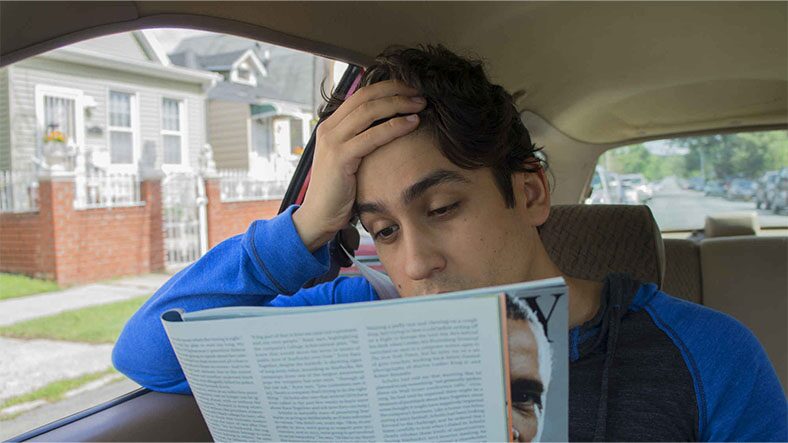Traveling is an exciting experience for most people, but for some, it can be overshadowed by nausea, dizziness, and the occasional need to throw up. If you find yourself feeling queasy during your journey, you’re not alone. In fact, many people experience motion sickness, also known as travel sickness, which can turn an enjoyable trip into an unpleasant ordeal. Here’s an explanation of why motion sickness happens and some tips on how to prevent it.

What is Motion Sickness?
Motion sickness occurs when there’s a mismatch between the signals your brain receives from your inner ear, which senses movement, and your eyes, which may see things as stationary. This sensory conflict can lead to nausea, dizziness, and in severe cases, vomiting.
Sensory Conflict Theory
According to the sensory conflict theory, motion sickness occurs because your brain is receiving mixed signals about whether you’re moving or stationary. For example, when you’re reading a book in a moving car, your inner ear detects motion, but your eyes focus on a static object (the book). This conflict can confuse your brain, triggering symptoms of motion sickness.
To minimize this sensory conflict, it’s helpful to focus on stable objects in the environment, like the horizon or the road ahead. Keeping your eyes on a fixed point helps your brain reconcile the conflicting information, reducing the likelihood of nausea.
Posture Control Theory
Another theory, the posture control theory, suggests that motion sickness may result from the body’s inability to anticipate and adapt to movement. Drivers are typically less likely to experience motion sickness because they can predict how the vehicle will move. In contrast, passengers may be caught off-guard by sudden turns or stops, leading to a greater risk of motion sickness.
To counteract this, try to sit in the front seat where you can see the road and anticipate movement. Avoid activities that require intense focus on stationary objects, like reading or using your phone, and instead look out the window to stay in tune with the vehicle’s motion.
Tips to Prevent Motion Sickness
Here are some additional tips to help reduce motion sickness during your travels:
- Get Fresh Air: Open a window or use the car’s ventilation system to keep the air circulating.
- Breathe Slowly and Deeply: This can help calm your nervous system and reduce nausea.
- Avoid Strong Odors: Strong smells like perfumes or food can exacerbate motion sickness.
- Change Positions: Adjust your seating position to stay comfortable and prevent stiffness.
- Eat Lightly: Avoid heavy meals before traveling, opting for light snacks instead.
These simple strategies can help make your journey more enjoyable and nausea-free. However, if motion sickness persists, consider consulting a healthcare professional for further advice or medication. Remember, travel should be fun, not nauseating!

